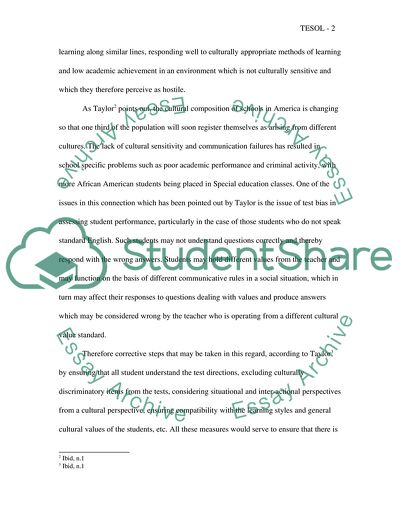Cite this document
(Communicative Language Teaching: Strengths and Weaknesses Term Paper, n.d.)
Communicative Language Teaching: Strengths and Weaknesses Term Paper. Retrieved from https://studentshare.org/education/1704893-tesol
Communicative Language Teaching: Strengths and Weaknesses Term Paper. Retrieved from https://studentshare.org/education/1704893-tesol
(Communicative Language Teaching: Strengths and Weaknesses Term Paper)
Communicative Language Teaching: Strengths and Weaknesses Term Paper. https://studentshare.org/education/1704893-tesol.
Communicative Language Teaching: Strengths and Weaknesses Term Paper. https://studentshare.org/education/1704893-tesol.
“Communicative Language Teaching: Strengths and Weaknesses Term Paper”, n.d. https://studentshare.org/education/1704893-tesol.


